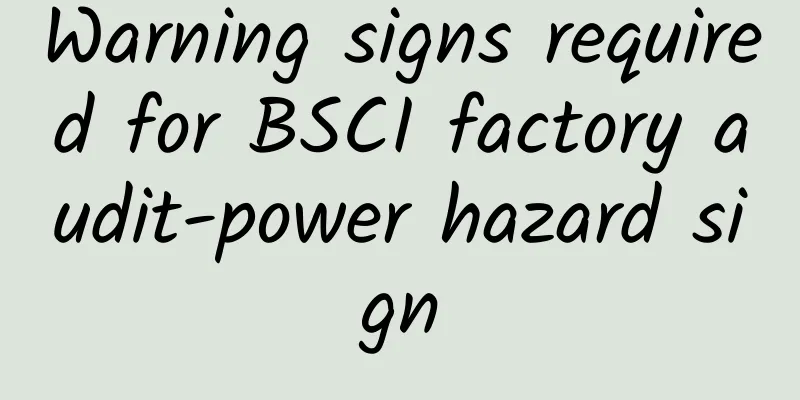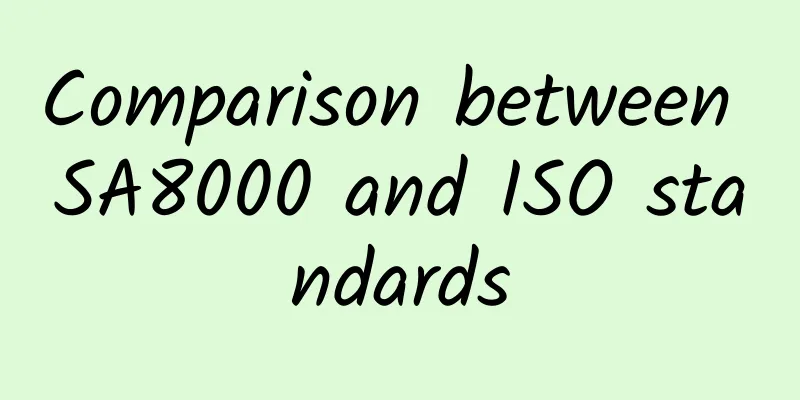What is a barge? How are barges classified?

|
Barges are cargo ships that have no self-propulsion capability and need to be towed by tugboats or pushboats. They are characterized by simple equipment, shallow draft, and large cargo capacity. Barges are generally non-motorized ships, and form a barge fleet with tugboats or pushboats. They can sail in narrow waterways and shallow waterways, and can be organized at any time according to cargo transportation requirements. They are suitable for cargo transportation between inland ports. A small number of barges with additional propulsion devices are called motor barges. Motor barges have a certain degree of self-propulsion capability. How are barges classified? There are steel barges, wooden barges, and cement barges. According to the ship type, there are mainly ordinary barges and section barges. Ordinary barges are streamlined with beveled ends at both ends, and are equipped with anchors and rudders. Sectional barges are box-shaped at both ends (full sectional barges), or one end is beveled and the other end is box-shaped (semi-sectional barges). The ancient Chinese double-slot ship (also known as a two-section ship) can be regarded as the prototype of the modern fleet of semi-section barges. It consists of two sections of the same length. The bow end of the front section is beveled and the stern end is square box-shaped. The bow end of the rear section is square box-shaped and the stern end is beveled. The square box ends of the two sections are close to each other and connected by cables. The rudder is installed on the rear section of the ship. Modern sectioned barges generally do not have a rudder. Sectioned barges in the United States do not have an anchor, while sectioned barges in China and some Western European countries have an anchor. Sectioned barges have a simple structure, are easy to construct, and have a low cost. Using sectioned barges to form a fleet can reduce navigation resistance and increase cargo capacity, so sectioned barges are widely used. There are three types of sectioned barges commonly used in the United States. Their load capacity and size are determined according to the standard size of inland waterways. There are also many barges built according to standard sizes in my country's inland waters. Mud Barge Barges used to transport dredged mud and sand in cooperation with chain bucket dredgers, shovel bucket dredgers and grab bucket dredgers are of two types: self-propelled and non-self-propelled. Mud barges are of various types: open bottom, open side and closed bottom. There are movable mud doors on the bottom of the open bottom mud barge, and movable mud doors on the bilges of both sides of the open side mud barge. The mud doors can be opened to unload the mud automatically. The carrying capacity of mud barges is about 50 to 2,000 tons. Barge Fleet: There are two types of tug-barge fleets and push-barge fleets. The tug-barge fleet consists of tugboats and ordinary barges, and is mainly used for cargo transportation, and is also used for passenger transportation on small rivers (see tug-barge transportation). On the sea, a tugboat usually tows 1 to 3 barges, and can tow more than 10 barges on inland rivers. The tug-barge fleet is basically a single-line towing formation. Tugboats and barges, and barges and barges are connected by cables. The push-barge fleet consists of pushboats and barges, and is used to transport cargo (see push-barge transportation). There are two types of pusher fleets: ① Ordinary barge pusher fleets, which are formed by tying pushers and ordinary barges with cables, and the fleets have various formations. ② Sectional barge pusher fleets, which are composed of pushers and sectional barges. Pushers and sectional barges, and sectional barges are connected by cables and mechanical connections. At sea, generally one pusher pushes one barge; in inland rivers, one pusher can push dozens of barges. In the lower Mississippi River in the United States, a 16,000 horsepower pusher and more than 40 barges form a pusher fleet. This is the end of the knowledge about barges in this issue. If you want to get more information about barges, please pay attention and we will continue to answer you~ |
<<: Best Buy - the world's largest home appliances and electronics retailer
Recommend
What are the key factors in eBay’s anti-account association operations?
1. In the registration information of eBay accoun...
What are the opportunities for cross-border e-commerce in Haikou? What are the disadvantages and threats of cross-border e-commerce in Haikou?
What are the opportunities for cross-border e-com...
eBay store opening guide, store opening costs
To open an eBay store, you need to calculate the ...
Mercari——Japanese C2C second-hand trading platform
What is Mercari? "mercari" was founded ...
Amazon's climate-friendly commitments: Are you invited?
In September 2020, Amazon announced the launch of...
Costco announces conditional acceptance of SEDEX factory audit reports
Following Walmart’s announcement of a change in i...
Key points of Carters factory inspection
1. Legality of the company: Guests can verify whet...
Is eBay easy to do business? Which one is more reliable, Amazon or eBay?
Is eBay easy to do business? To start with this q...
What is the five-country instruction manual? What information does the five-country instruction manual require?
As the name suggests, the five-language instructi...
Timberland Timberland anti-terrorism factory inspection role
Timberland Timberland Anti-terrorism Factory Inspe...
Shanghai Super Network is on holiday!
The National Day is approaching, and many friends...
Mothercare Factory Inspection Documents/Certificate ListMothercare Factory Inspection Checklist
1.1 Company Insights --- Personnel\Output\Output V...
Timberland Timberland Factory Inspection Environmental Survey Questionnaire
Timberland Timberland Factory Inspection Environme...
EICC Certification Health and Safety Audit
1. Factory building structure safety certificate ...
Introduction to Sedex System Registration
Over the years, Marks & Spencer has been comm...









